Hiroshige: Artist of the Open Road at the British Museum
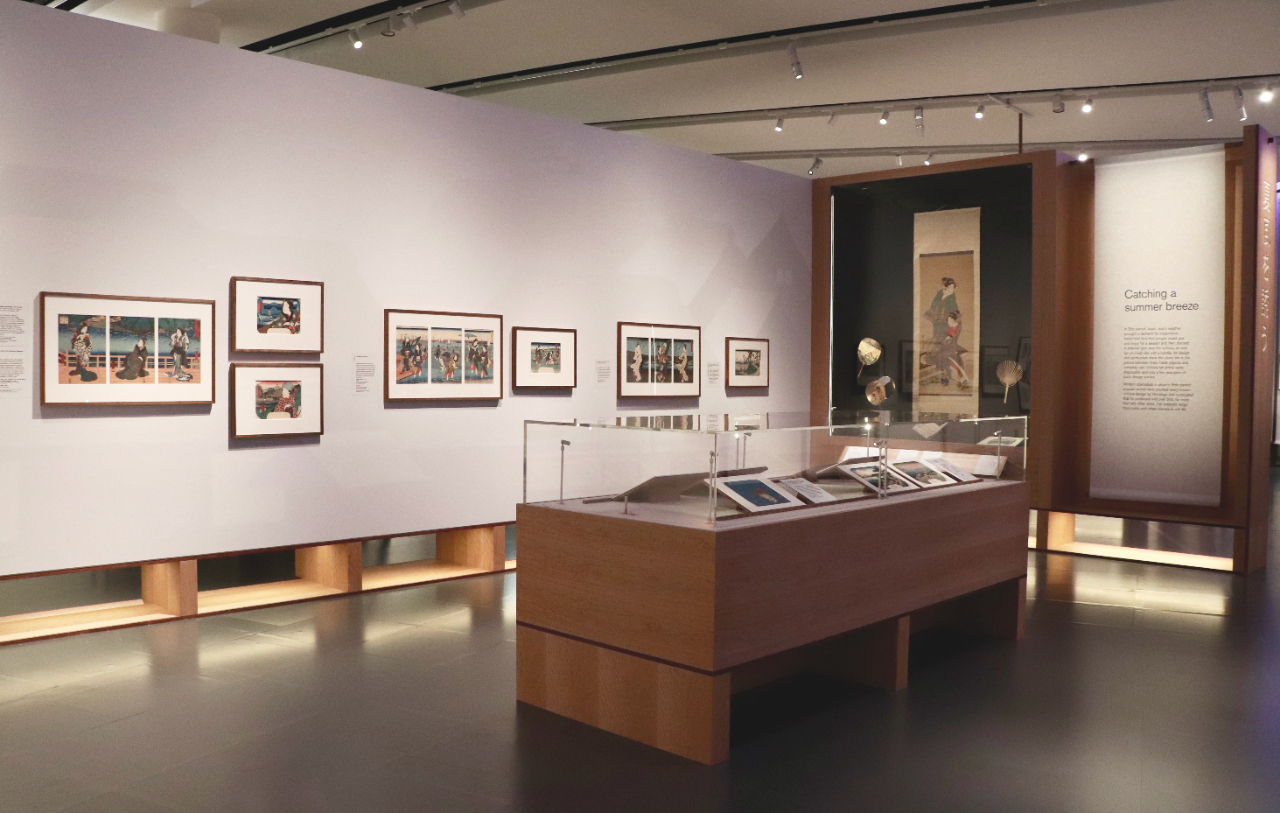
Born into a Samurai family in 1797, Utagawa Hiroshige lived in an era of great upheaval. With Japan internationally isolated by the ruling Tokugawa shogunate until 1854, a mere four years before his death, the prolific artist refrained from depicting the political turmoil. Instead, he cast his eye on the beauty of Japan’s natural landscape and people going about their everyday lives. Now, an enthralling new exhibition at the British Museum, the first in the UK for a quarter of a century, is devoted to Hiroshige’s paintings and prints, displayed alongside drawings and book illustrations. The US collector, Alan Medaugh, has made a particularly generous contribution, gifting 35 of the Japanese master’s prints to the American Friends of the British Museum and loaning 82 others.
Today, Hiroshige is arguably best known for inspiring the artistic breakthroughs of that most impassioned of Dutchmen, Van Gogh, who collected the former’s prints. We find here the Japanese’s vibrant print of a blossoming plum tree, The Plum Garden at Kameido (1857) set beside both Vincent’s careful tracing of his own copy of the work on a gridded scrap of paper and a photograph of the Post-Impressionist’s own reimagining, Flowering Plum Orchard, After Hiroshige (1887). The Dutchman, like many of his peers, was drawn to Japonisme, a French term to describe the influence and popularity of Japanese art and design following the reopening of trade with the Far Eastern country in the 1850s.
Many of the prints on display are rare first editions. Throughout, the artist’s remarkable gift for composition, feel for perspective, and a nose for a visual narrative come to the fore. Hiroshige’s journeys around his homeland saw him conjuring up images of dramatic panoramas like Ferry on the Fuji River, Suruga Province (1832) and landscapes coated in a thick layer of snow, as in Mountains and Streams of the Kiso Road. The artist was celebrated for his imaginative rendering of rainfall with Sudden Shower over Tadasugawara (circa 1834), a prime example. Intermingled thick and thin diagonal lines capture the fury of the storm as stricken people in bamboo hats seek refuge.
The 19th-century artist was widely acclaimed as the last great exponent of ukiyo-e, translated as “art of the floating world”. This led to his adoption of subjects such as kimono-clad beautiful women, kabuki actors, travel scenes and flora and fauna. One finds stunningly vivid bird and flower works in the current exhibition, exemplified by Crane and Asters; three geese and full moon; pheasant and chrysanthemums, all dating from the early 1830s. Each attests to Hiroshige’s skilful rendering of plumage and floral structure, featuring Japanese or Chinese poems in his own calligraphic hand.
Hiroshige had an uncanny ability to seemingly catch a fleeting moment in a manner a camera-wielding Cartier-Bresson would be proud of. He produced thousands of designs for colour woodblock prints, which became highly collectable in the Japan of his day. Fellow countrymen, by accounts found in the popular artist’s idyllic visions, the calm they craved as modernisation started to take root in their nation. The British Museum’s curator, Dr Alfred Haft and his team point out that Hiroshige worked with 95 publishers and was adroit in building his own reputation to the extent of designing hand-held printed fans, some of which are displayed.
One of the few surviving original woodblocks from the Edo period (1615–1868) appears here too, having been crafted and used by the artist for the 53 Stations of the Tōkaidō series. These celebrated woodcuts see the artist capturing each station along the route of Japan’s bustling Eastern sea road. Two distinctive colour variations of the same image, Yui: Satta Peak and Oyashirazu from Illustrated Guide to Famous Places along the 53 Stations (1855) see Hiroshige turning to a vertical format. Adopting the vantage point of a section of the highway set on a steep cliff offering spectacular views of Mount Fuji and the ocean, the works attest to the artist’s characteristic economy of mark making and command of perspective.
Hiroshige’s legacy as a master of dramatic composition and vivid colour is borne out by the exhibition’s final section. Aside from Van Gogh, one finds a host of acolytes including the American anglophile James McNeil Whistler, Toulouse-Lautrec and Monet. The contemporary Japanese Noda Tetsuya’s photograph of London’s Millennium Bridge, though monotone, immediately evokes Hiroshige’s cinemaesque imagery. British artist Emily Allchurch’s computer-generated Spring Festival (2020), featuring a prominent red fish in the foreground, directly references the 19th-century master’s large fish banner in Suido Bridge and Surugadai (1857).
There’s a captivating timelessness to Hiroshige, be it in his serene landscapes depicting a nation on the cusp of modernity, humorously observed images such as an intoxicated old man struggling out of a brothel, or the impressive usage of perspective as an imperious eagle dives for its prey. This Japanese master’s outstanding talent, meticulous eye for humanity and soaring imagination promise to ensure his appeal will endure long into the future. The British Museum has unveiled a truly entrancing show.
James White
Photos: The Trustees of the British Museum
Hiroshige: Artist of the Open Road is at the British Museum from 1st May until 7th September 2025. For further information or to book, visit the exhibition’s website here.

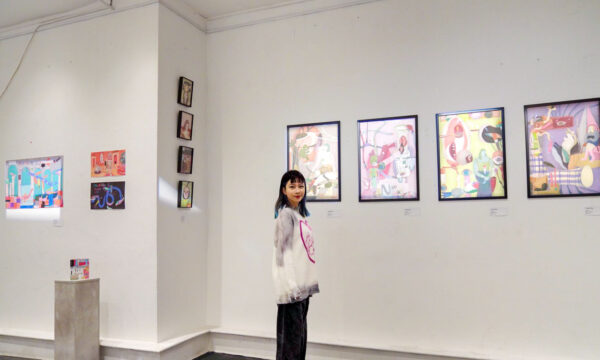
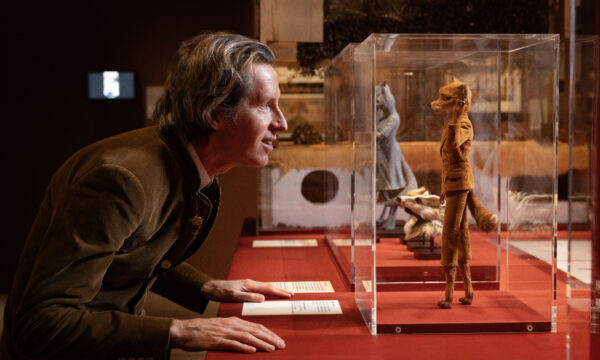
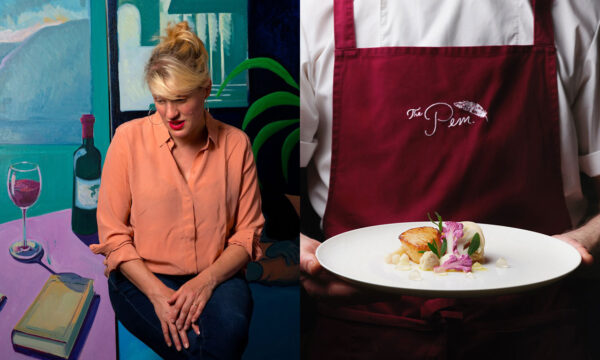
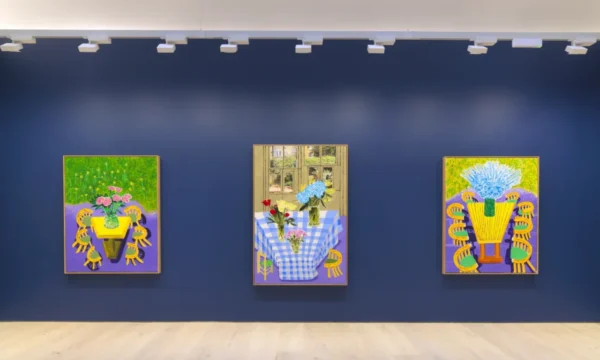
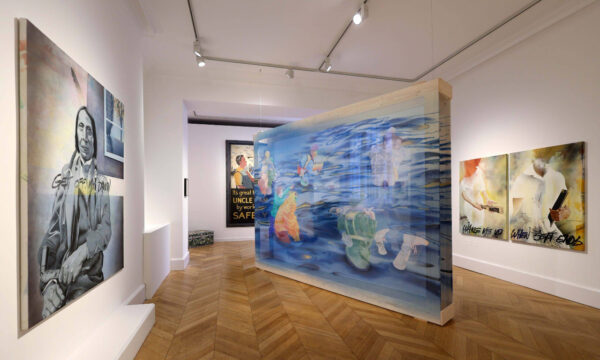
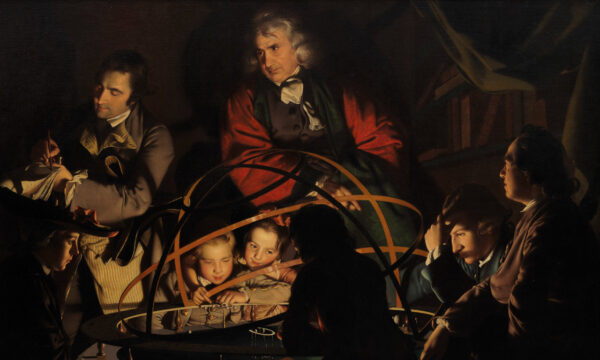
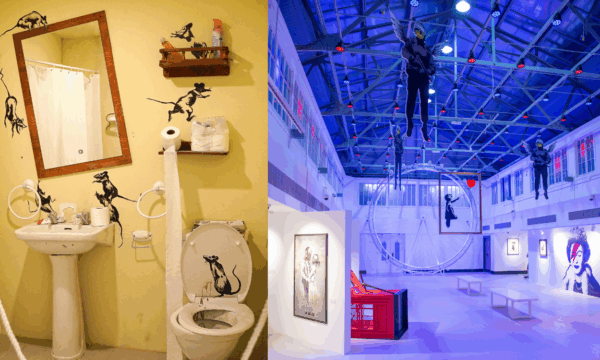
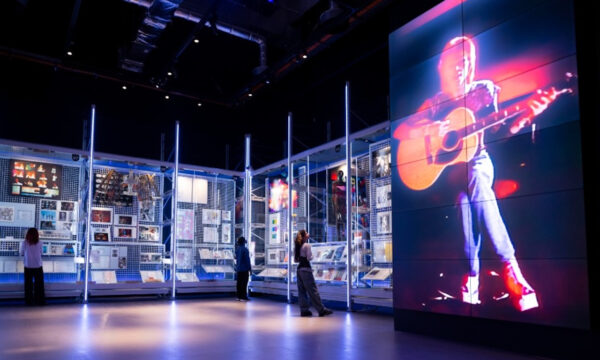
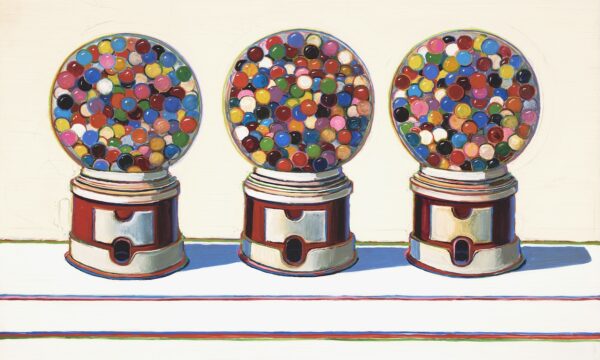


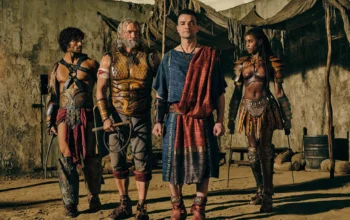


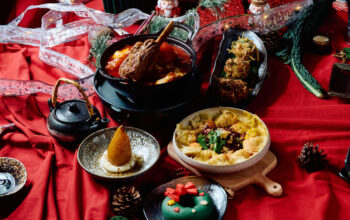
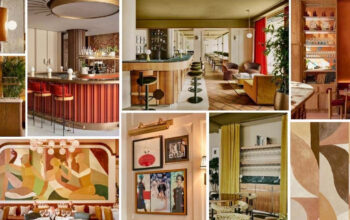







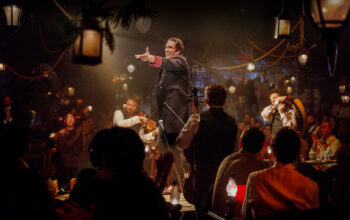
Facebook
Twitter
Instagram
YouTube
RSS